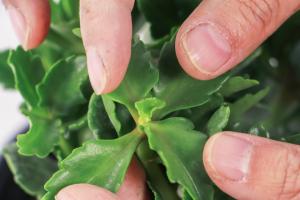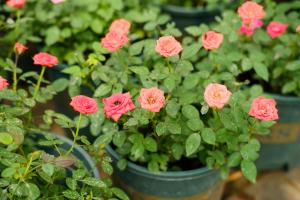Should I Prune My Newly Planted Fruit Trees?
Planting fruit trees can be a great investment in the long run, but it requires proper maintenance to reap the benefits. One of the most important aspects of maintaining healthy fruit trees is pruning. However, new tree owners may be skeptical about pruning their newly planted fruit trees. In this article, we will explore the reasons why you should prune your newly-planted fruit trees and how to do it correctly.
Why Prune Newly Planted Fruit Trees?
Most fruit trees are dormant in winter, making it the perfect time to prune them. Removing some of the branches and cutting back the others will promote healthy growth and increase the yield of the tree in the long term.
Newly planted fruit trees tend to have a lot of excess branches that take away nutrients from other essential parts. Pruning these excess branches helps facilitate the transport of essential nutrients to the healthy parts of the tree, resulting in more growth and a more substantial harvest.
Additionally, pruning newly planted fruit trees establishes a framework for future growth. Regular pruning is essential to realize this structure, which encourages healthy growth, maximizes light and air infiltration. Moreover, proper pruning promotes tree health by encouraging airflow and evaporation of excess moisture, reducing the likelihood of diseases such as mold and other fungi that thrive in moist environments.
How to Prune Newly Planted Fruit Trees?
Pruning is an essential aspect of fruit tree maintenance, but it requires knowledge and skills to do it correctly. Therefore, it's vital to equip yourself with the necessary tools and skills to avoid damaging your tree (and yourself!).
The basic tools for pruning fruit trees include a pair of hand pruners, loppers, pruning saw, and gloves. Always remember to wear protective clothing like gloves, eyewear, and a hard hat if you have one, as pruning can result in injuries or accidents if you're not careful.
When pruning your newly planted fruit tree, consider removing any diseased or damaged branches first, followed by smaller branches that are too close together or crossing over the center of the tree. Keep the central leader (the main, vertical leader stem) in mind, as it is the backbone of the tree's structure. Cut it back to a bud, leaving the bud facing the direction you want the branch to grow in. It's essential to avoid over-pruning, as that can weaken the tree and deter growth.
Conclusion
Pruning your newly planted fruit trees can be a daunting task, but it is necessary for promoting healthy growth and maximizing your yield. Remember to use the right tools and avoid over-pruning, and your tree will blossom into a productive, fruitful plant that will offer its rewards for years to come.

 how many times do yo...
how many times do yo... how many planted tre...
how many planted tre... how many pine trees ...
how many pine trees ... how many pecan trees...
how many pecan trees... how many plants comp...
how many plants comp... how many plants can ...
how many plants can ... how many plants and ...
how many plants and ... how many pepper plan...
how many pepper plan...

































